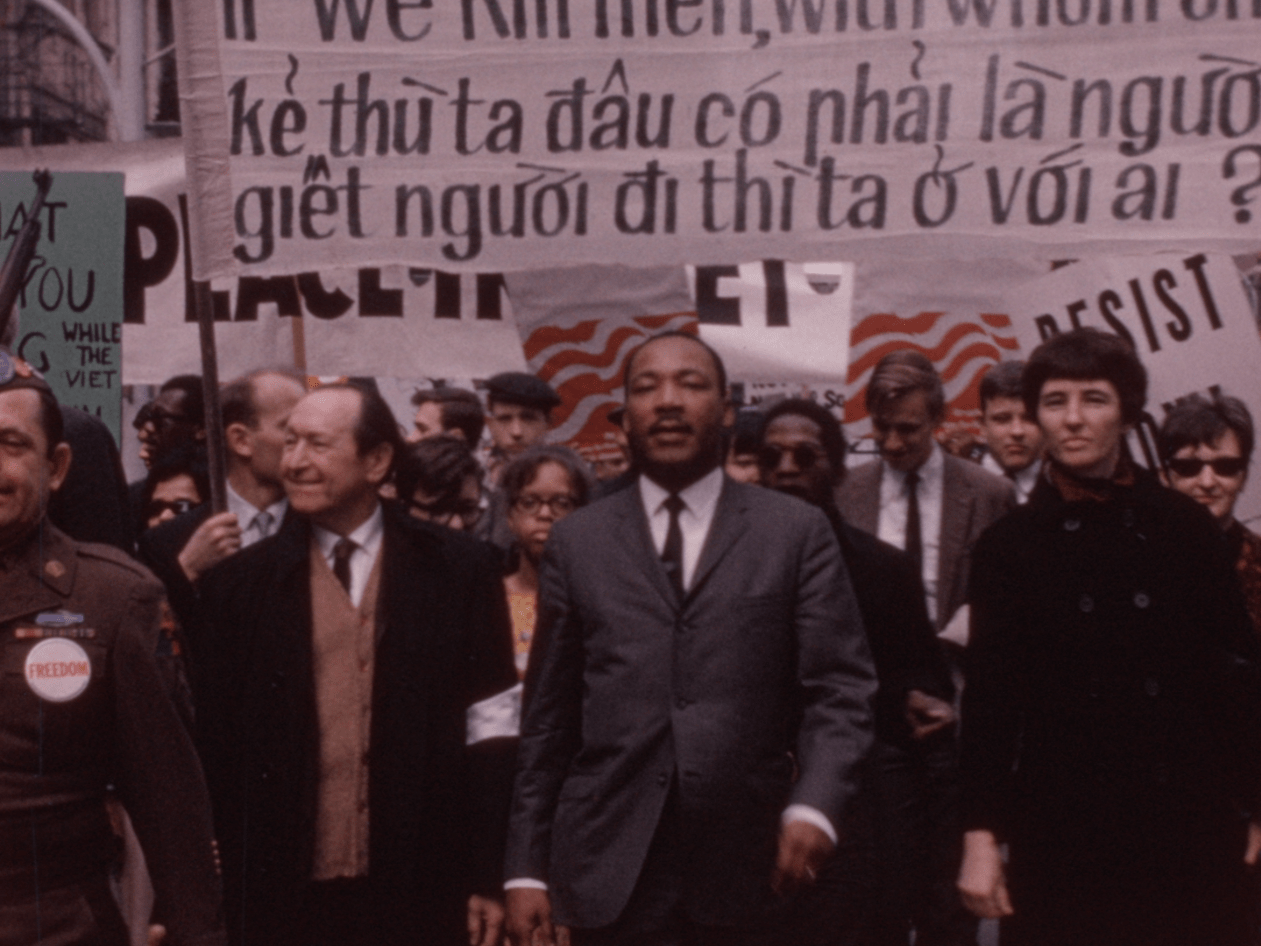Maurice Bailen’s The City (ca. 1966) and Confrontation (ca. 1968)

Maurice Bailen (1902-1980) was a filmmaker who lived in Chicago most of his life. His earliest training was in commercial art by working in art studios and taking courses at the School of the Art Institute of Chicago. He worked mostly as a photo engraver, but scenes of the bitter 1930s in Chicago became a natural background for his first film, The Great Depression (1934), a neo-realistic film presentation of those years. He is most known for this film, which he made with the Chicago chapter of the Workers Film and Photo League (an organization of filmmakers, photographers, writers, and projectionists that operated during the 1930s). The League’s members were committed to the use of film and photography to advocate for social change, and The Great Depression was produced under that group’s auspices. It is widely believed to be one of the few films produced by the Workers Film and Photo League to have survived.
Bailen’s filmography – at least, what we know of it – was devoted to capturing pivotal social movements in American history through a uniquely experimental aesthetic that was part documentary, part satire and political commentary. Neither The City nor Confrontation are as well known as The Great Depression, but they are equally compelling representations of Bailen’s unique approach to cinema, and the ways in which he evolved as a filmmaker later in life. Both are silent, and rely heavily on a series of quickly edited montage sequences.
Confrontation offers prescient commentary regarding the country’s stark racial divisions, governmental corruption under Nixon, and rampant consumerism, amongst other issues. It also includes rare color footage of Martin Luther King Jr. marching in Chicago:
The City takes a slightly different approach, providing an intimate look at the citizens of Chicago while also adding a few fictional flourishes towards the end. The film combines tongue-in-cheek footage of street advertisements, movie theaters, and other signifiers of city life, with scenes depicting the daily goings on of Chicagoans:



